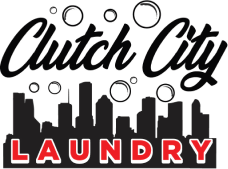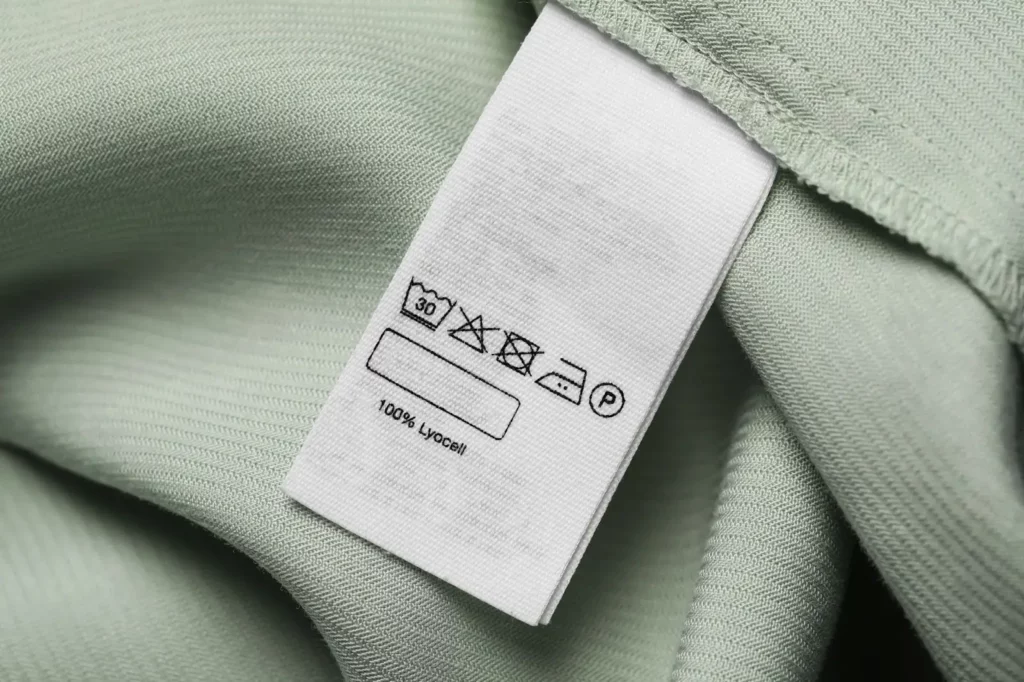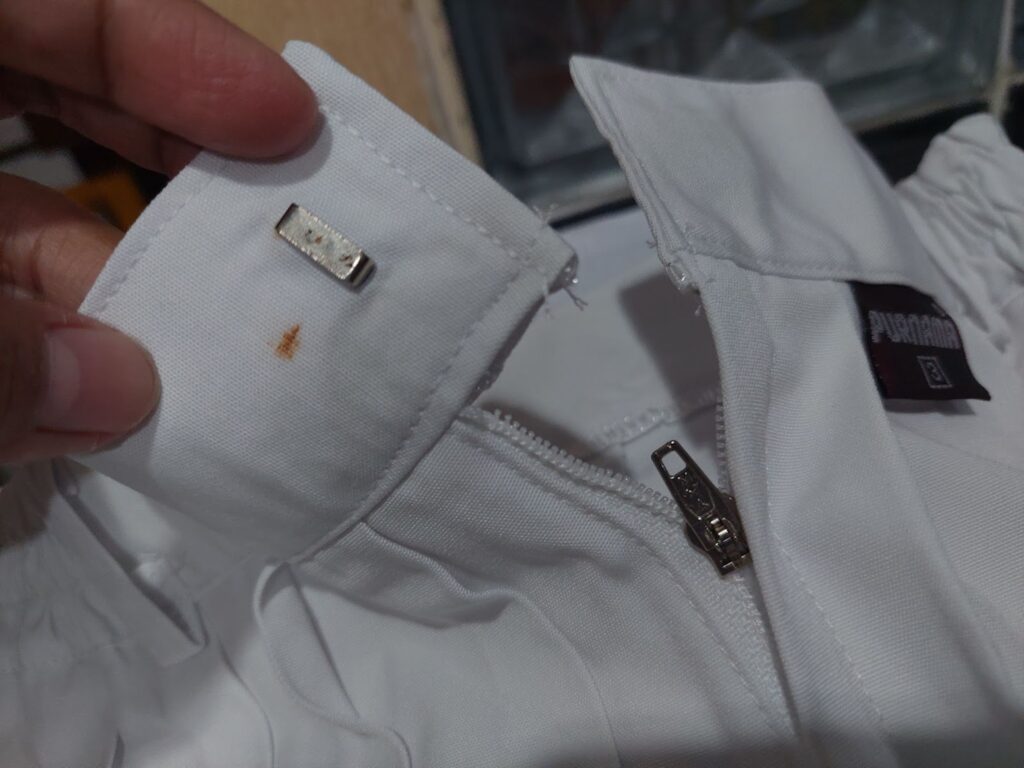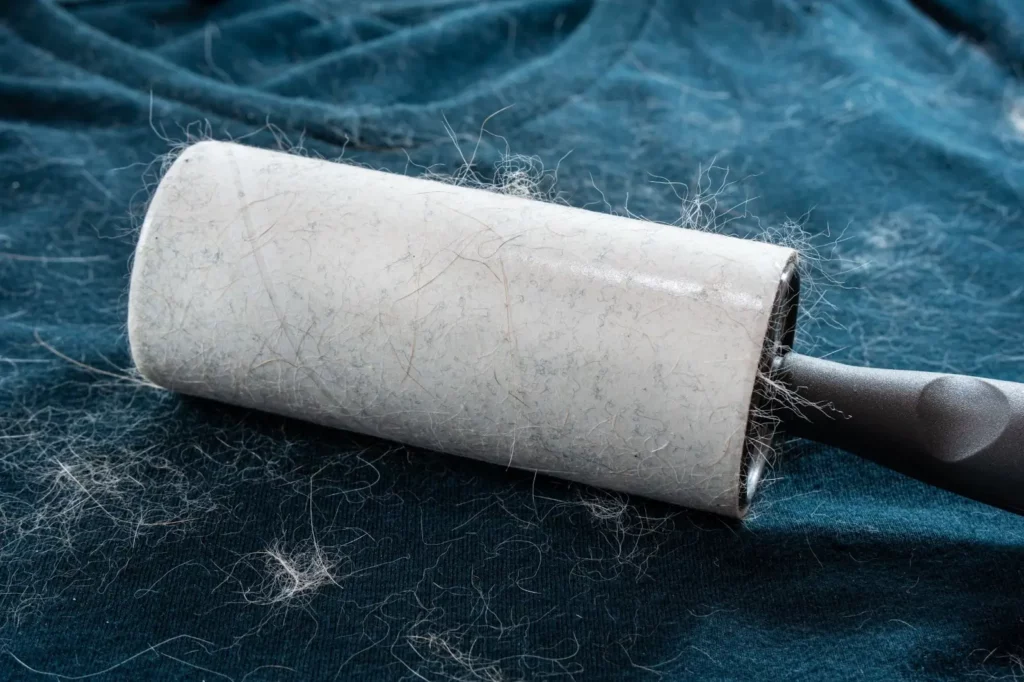Have you ever ruined a favorite shirt because you didn’t understand the tag? Those little symbols on clothing labels might seem confusing at first, but they’re actually simple once you know what to look for. They give you all the care instructions you need, from how to wash, dry, and iron to how to treat your clothes properly.
Instead of guessing and risking damage, learning how to read laundry signs can help you keep your clothes looking fresh, clean, and long-lasting. Let’s break it down together and take the guesswork out of laundry day.
What Are Laundry Signs and Why Are They Important?
Those small icons on your clothing tags might look like secret codes, but they’re actually your best guide to keeping your clothes in great shape. Laundry signs—also called wash care symbols or clothing tag symbols—tell you exactly how to wash, dry, bleach, or iron your garments without ruining them.
When you understand what they mean, you’re less likely to shrink your favorite hoodie or fade those perfect black jeans. It’s a simple way to take better care of your clothes and make them last longer.
Common Laundry Symbols Explained
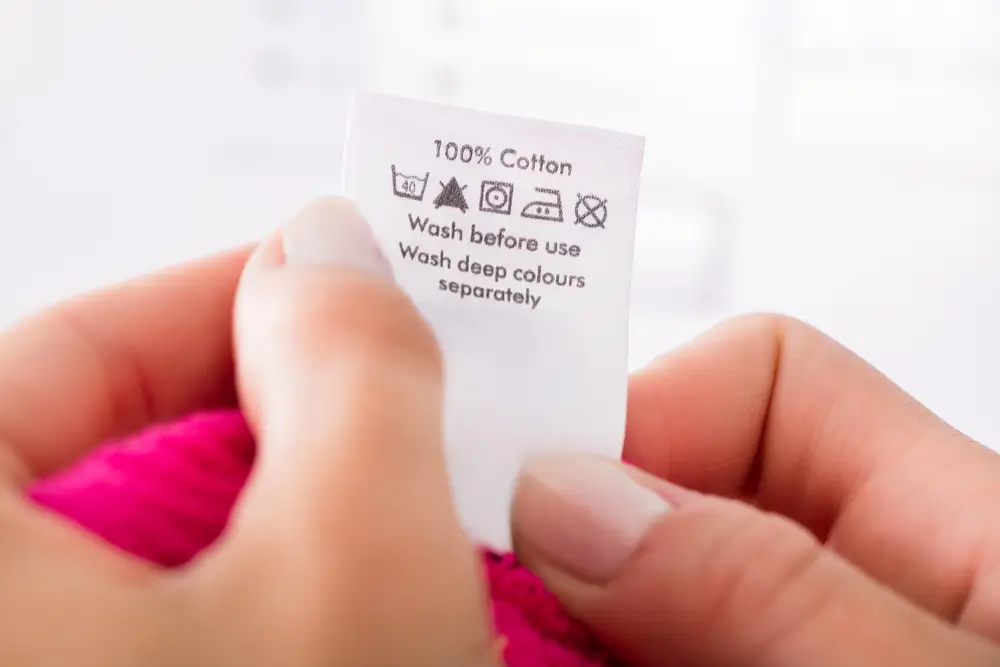
Before tossing clothes in the wash, it’s helpful to recognize what each symbol means. These graphics represent steps in the cleaning process, from washing to ironing.
Here are some washing machine signs and meanings, and a quick breakdown of the laundry codes’ meaning behind the symbols.
Washing
A tub icon indicates how to clean the item in a washing machine. If you see a tub with a hand inside, the item should be hand-washed.
Dots inside the tub represent water temperature:
- One dot = cold
- Two dots = warm
- Three dots = hot
A tub with a line underneath means to use a gentle or permanent press cycle. A tub with a cross means do not wash.
Drying
A square with a circle inside represents tumble drying.
- One dot = low heat
- Two dots = medium
- Three dots = high heat
If the symbol has a line underneath, use a gentle setting. A square with horizontal lines means dry flat, while a square with vertical lines suggests line drying. A crossed-out circle in a square means no tumble drying.
Ironing
An iron symbol shows if an item can be ironed.
Dots again represent heat levels:
- One dot = low
- Two dots = medium
- Three dots = high
A crossed-out iron means skip the ironing step.
Bleaching
A triangle means bleach is allowed. A triangle with diagonal lines indicates only non-chlorine bleach. If there’s an X over the triangle, do not bleach.
Dry Cleaning
A circle means dry clean only. Letters inside (like “P” or “F”) indicate what type of solvent to use. If the circle is crossed out, the item should not be dry cleaned.
Decoding the Numbers and Letters
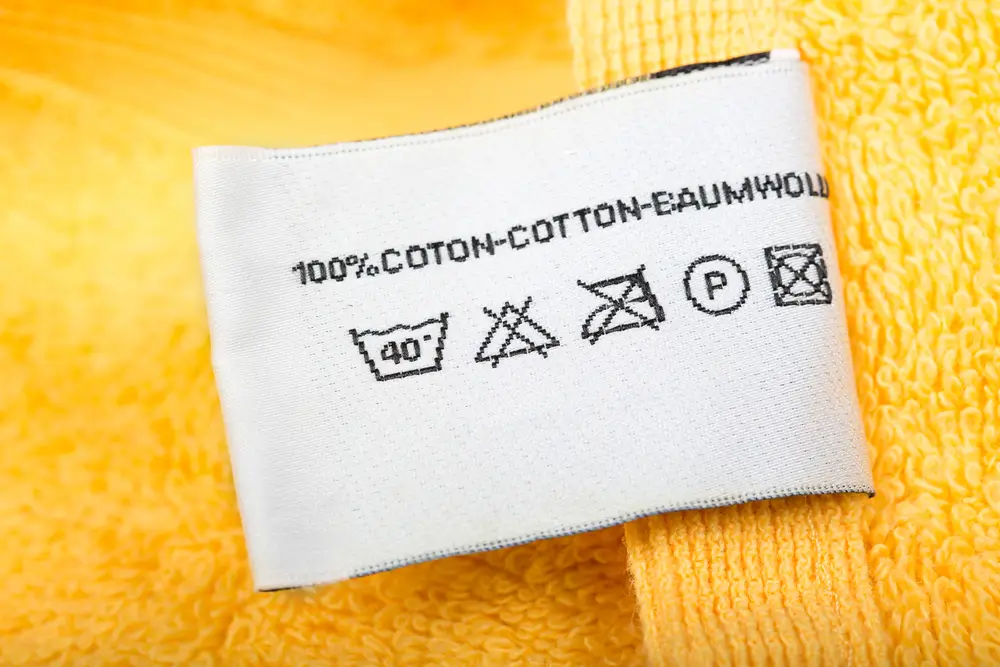
Some care labels go beyond symbols and include numbers and letters that carry important meaning.
- Temperature numbers (e.g., “30°C”) refer to the maximum safe water temperature. These help prevent color fading or shrinking.
- As for letters, “P” and “F” inside a dry-cleaning symbol tell professional cleaners what solvent to use. These details may seem small, but they help avoid costly damage during cleaning.
Common Misinterpretations and How to Avoid Them
Laundry clothes care symbols can be surprisingly tricky when you’re not used to reading them. One of the most common mistakes is thinking a blank triangle means you can use any bleach you want. In reality, it only allows non-chlorine bleach. Even that should be used with caution. Another frequent misstep is assuming that if a tag doesn’t clearly say “do not tumble dry,” then the dryer is fair game. That’s not always the case. Some fabrics need air drying, and tossing them in the dryer could lead to shrinkage, fading, or misshaping.
Then there are the little dots you see on washing or ironing symbols. These tell you the temperature setting. One dot usually means low heat, two means medium, and three means hot. Ignoring those tiny details could leave you with scorched or weakened fabric.
To avoid any mistakes, pay attention to the laundry signs and meanings, and give those tags a quick glance before you start your laundry. A few seconds of reading can save your clothes from avoidable damage and help you avoid laundry regrets later.
How to Read Laundry Labels for Different Fabrics
Each fabric has its own care requirements.
Cotton is durable and usually easy to clean, but still check for symbols indicating cold wash or low dry to avoid shrinking.
Wool often needs hand washing or a gentle cycle and should be dried flat.
Silk typically requires low heat or dry cleaning.
Synthetics like polyester may tolerate higher heat but still need attention to prevent warping.
Matching laundry codes to fabric types helps preserve their shape, color, and texture.
Keep Your Clothes in Great Shape with the Right Care

Understanding laundry signs (clothing tag symbol meanings) and following washing label symbols means fewer ruined clothes, lower replacement costs, and better results from each wash. If you’re looking for a reliable washateria in Houston, Clutch City Laundry is a great place to go. They offer easy-to-understand self-service options, helpful staff, and professional-grade machines that treat your garments with care.
Learn more about Clutch City Laundry – Hillcroft’s services, or explore how our self-service laundry works. When you’re ready to stop guessing and start cleaning smart, visit our Hillcroft, Houston, Texas location and see the difference for yourself.

